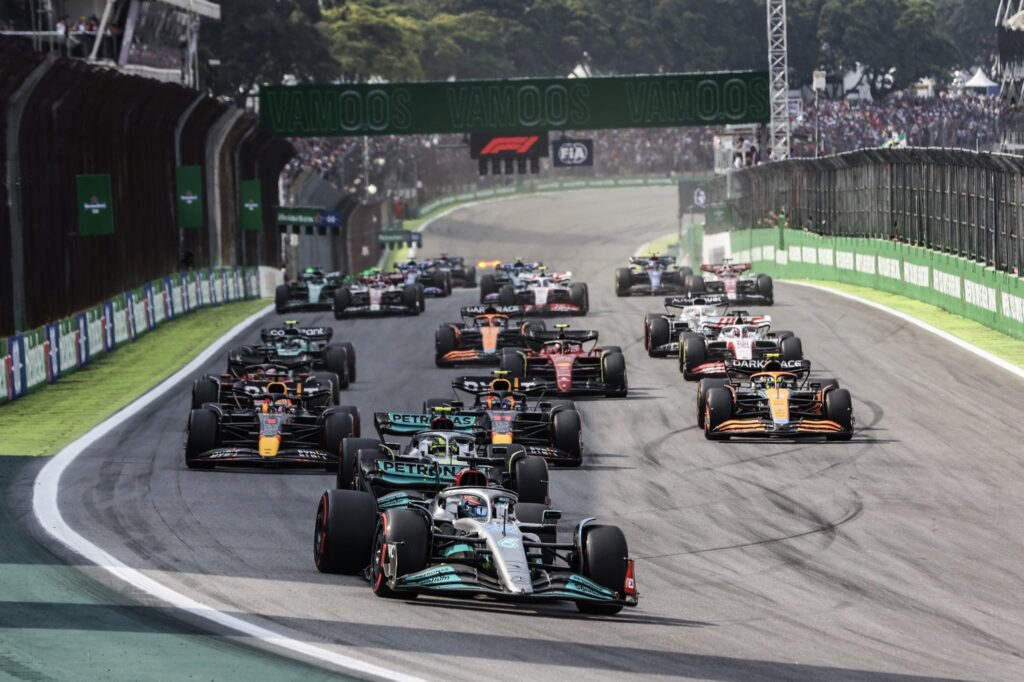Formula One cars are some of the most technologically advanced and expensive vehicles in the world. With their cutting-edge designs and engineering, F1 cars represent the pinnacle of motorsport, and they come with a price tag to match. In this article, we’ll take a look at just how much an F1 car is worth, and what makes them so valuable.
The Cost of an F1 Car
The cost of an F1 car can vary depending on the team, the year, and the specific components used. However, on average, an F1 car is estimated to cost around $10 million to build, with ongoing costs for maintenance, upgrades, and race weekends.
GET ONE MONTH FREE AND LEARN HOW TO BUILD YOUR OWN WEBSITE HERE
This cost includes the chassis, the engine, the transmission, and all the associated components that make up an F1 car. The chassis alone can cost upwards of $2 million, while the engine and transmission can cost several million more. The tires, brakes, and suspension system also add to the cost, as do the electronic systems that control the car’s various functions.
In addition to the cost of building the car, teams also spend significant amounts of money on research and development to ensure that their cars are competitive on the track. This can include wind tunnel testing, computational fluid dynamics, and other high-tech methods of analyzing the car’s performance.
Why F1 Cars are So Expensive
There are several reasons why F1 cars are so expensive. For one thing, they are incredibly complex machines, with thousands of components working together in perfect harmony to achieve maximum performance. Each component is designed and engineered to be as light, strong, and efficient as possible, using materials like carbon fiber and titanium to achieve the desired results.
In addition, F1 cars are constantly evolving and improving, with teams investing heavily in research and development to gain an edge over their competitors. This means that even if a team builds a successful car one season, they will need to continue to invest in new technologies and upgrades in order to stay competitive the following year.
The cost of developing and building an F1 car is also affected by the sport’s regulations. The FIA, the governing body of Formula One, has strict rules and regulations that teams must adhere to in order to ensure safety and fairness on the track. These rules can affect everything from the shape and size of the car to the engine size and type of fuel used, which can drive up costs for teams.
Finally, F1 is a sport that operates at the highest level of performance and technology, and this level of excellence comes at a price. Teams are constantly pushing the boundaries of what is possible, and this requires significant investment in research, development, and testing.
Conclusion
F1 cars are some of the most expensive vehicles in the world, with an average cost of around $10 million to build. This cost includes the chassis, engine, transmission, and all the associated components that make up an F1 car, as well as ongoing costs for maintenance, upgrades, and race weekends. F1 cars are expensive due to their complexity, constant evolution, and the high level of performance required in the sport. However, for many teams and drivers, the investment is worth it, as the thrill of racing in Formula One is unmatched by any other motorsport in the world.





